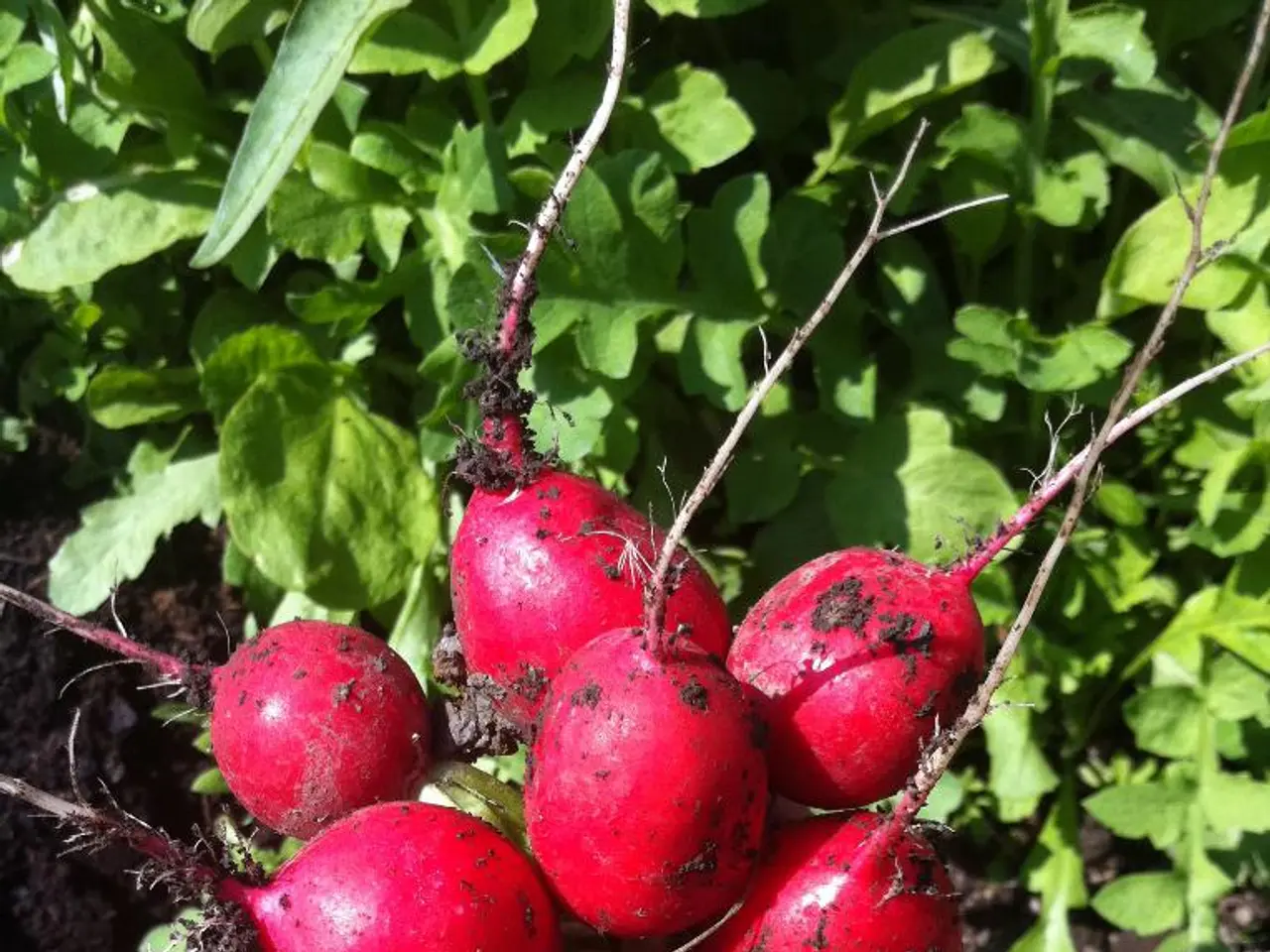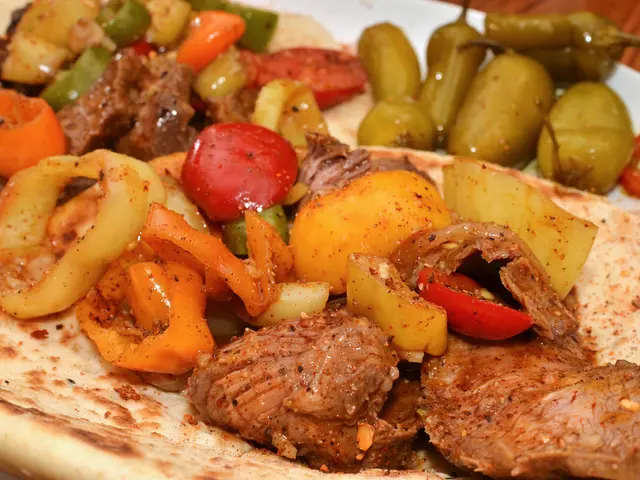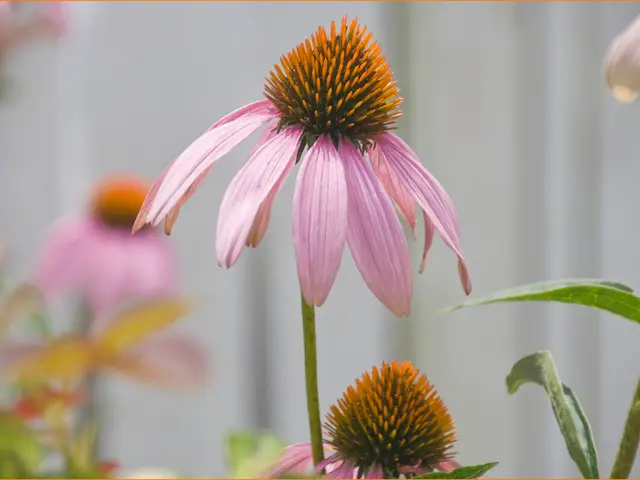Guide on Cultivating Beetroot Roots
Growing your own beetroot can be a rewarding experience, as these versatile roots offer a sweet and earthy flavor that can elevate any dish. Here's a guide to help you grow various beetroot varieties successfully, from 'Globe 2' to 'Pablo'.
Beetroot 'Globe 2' is a popular round variety, often grown for exhibiting. Its roots are crisp, dark in color, and have a very good flavor. 'Red Ace' is another popular choice, with dark-red, round or oval roots and a good flavor. It's more tolerant of dry, sandy soils than other varieties. For those seeking something a little different, 'Blankoma' is a white-rooted variety, perfect for gourmet gardeners.
Beetroot can be boiled, steamed, baked in the oven, or wrapped in foil for cooking. They can also be grated into salads, pickled, or even eaten raw. The pretty 'Chiogga' variety, with orange-pink skins and red and white rings on the flesh, is especially good in salads. 'Cylindra' has long, red, cylindrical roots, making it ideal for cutting into uniform slices, while 'Pablo' has smooth-skinned, round roots and a sweet flavor, perfect for eating grated and raw in salads.
To grow beetroot successfully, follow these key tips and best practices:
- Soil Preparation: Beetroots require loose, well-drained soil rich in organic matter. A good mix is 60% potting soil, 30% compost, and 10% sand or perlite to improve aeration and drainage.
- Planting: Sow beet seeds directly into the soil, keeping consistent moisture for germination but avoid waterlogging. Thin seedlings after they grow to prevent overcrowding.
- Watering: Maintain even soil moisture, especially during germination and early growth. Beetroot should be watered regularly to reduce the likelihood of the roots becoming woody or splitting.
- Sunlight: Beetroots grow best in full sun but can tolerate partial shade.
- Succession Planting: Plant successive crops every 2–3 weeks to ensure a continuous harvest.
- Care: Remove weeds regularly and consider mulching to conserve moisture and suppress weeds. Watch foliage for vibrant green leaves indicating healthy growth.
- Harvesting: Beets can be harvested when roots reach desired size, typically 1.5 to 3 inches in diameter. Young greens are also edible. Harvest gently, without piercing the skin, and store only those that are undamaged.
- Varieties: Popular recommended varieties for both root and greens include 'Detroit Dark Red' (classic red variety), 'Golden' (yellow roots), and 'Chioggia' (red and white striped). Hybrid varieties may offer faster yields and disease resistance.
If you want year-round growth, ensure to provide optimal soil conditions and consider climate-appropriate timings as beets can be sensitive to heat. Beetroot can be grown under cloches or horticultural fleece from the beginning of March for an early crop.
Beetroot seedlings can be attacked by slugs and snails, and birds can pull seedlings out of the ground. To store beetroot indoors, place them in a box filled with relatively moist sand or compost and keep in a cool shed. They can be stored for up to March.
With these tips, you're well on your way to growing delicious beetroot in your garden or containers. Enjoy the sweet, earthy flavors and the vibrant colors these roots bring to your dishes!
Your home-and-garden lifestyle can be enriched with the addition of a thriving home-grown beetroot garden. Gardening enthusiasts may find joy in growing various beetroot varieties such as 'Pablo', known for its smooth-skinned, round roots and sweet flavor, ideal for use in salads.




